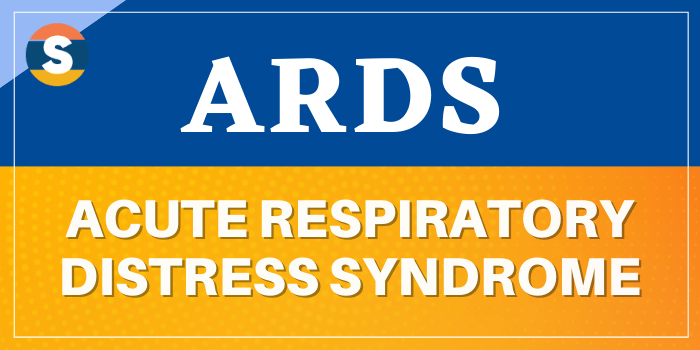
The Full form of ARDS is Acute Respiratory Distress Syndrome. ARDS occurs when fluid builds up in the tiny, elastic air sacs (alveoli) in your lungs. The fluid keeps the lungs from filling with enough air, which means less oxygen reaches in the bloodstream. This deprives the organs of the oxygen they need to function. ARDS typically occurs in people who have significant injuries or who are already critically ill. The main symptom of ARDS is severe shortness of breath which is usually developed within a few hours to a few days after the precipitating injury or infection. Many people who develop Acute Respiratory Distress Syndrome don’t survive. The risk of death increases with severity of illness and age. Of the people who do survive ARDS, some recover completely while others experience lasting damage to their lungs. The signs and symptoms of ARDS can vary in intensity, depending on its cause and severity, as well as the presence of underlying lung or heart disease. They include severe shortness of breath, labored and unusually rapid breathing, low blood pressure, confusion and extreme tiredness. Most patients with ARDS are admitted to an ICU (intensive care unit). ARDS is fatal in 30 to 40% of cases. In surviving patients, lung function returns to normal after between 6 and 12 months.